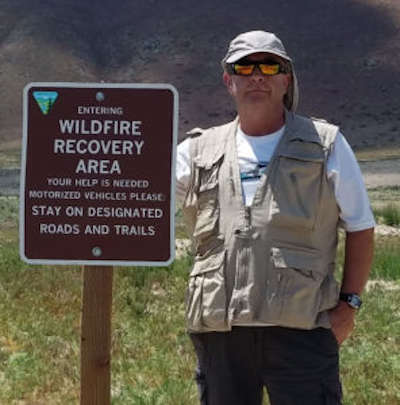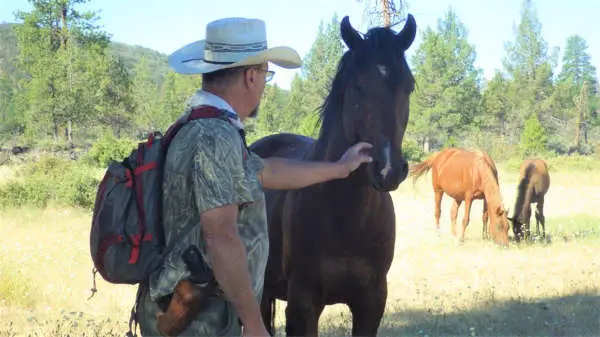- Becky Salato
- Posted On
What is bad behavior really about?

Right before Christmas, our brand-new Lower Lake High School barn was tagged with graffiti.
At first, I couldn’t believe it, but that denial quickly gave way to anger.
I thought about the years-long process required to fund and then build the barn. I thought about the students who were excited to have such a nice facility to house their animals.
I thought about the uphill battle we continually face regarding our reputation — I was worried that people would learn of the graffiti and assume our students were responsible, which would reinforce the false narrative that our students don’t appreciate and/or cannot be trusted with nice things.
This, in turn, would decrease the exact kind of support we need to help our students thrive.
I wanted the taggers to be identified and brought to justice — ASAP. Then I took a deep breath and began to come back to myself.
I remembered that people who behave like this do so for a reason. I started moving through the stages of grief: denial, anger, bargaining, depression and finally acceptance.
When I say acceptance, I do not mean that I accept or condone this behavior. I mean that I recognize that it happens even when it shouldn’t.
According to local law enforcement, the tagging may have been gang-related, which got me thinking. Why do people join gangs? It’s not so they can have buddies to go tag buildings with. What’s the draw (no pun intended)?
Gang affiliation is attractive to people who want a sense of belonging and safety, and they think being a gang member will provide that.
What if we could provide that sense of belonging and security in other ways? How could schools and other community organizations come together to support families and students who are struggling? It’s a big question without a clear answer, but I still think we should keep asking it.
According to the American Academy of Child & Adolescent Psychiatry, several factors may put a young person at higher risk of getting involved in a gang, including the following: low self-esteem, feeling hopeless about the future because of a lack of educational and/or financial opportunities, significant unstructured free time outside of school hours, minimal adult supervision, an upbringing where there is exposure to heavy gang activity (possibly even in the immediate family), a lack of positive role models, exposure to media that glorifies gang violence, underlying mental health issues such as depression or attention-deficit/hyperactivity disorder, or ADHD, and alcohol/drug use among peers.
If you didn’t feel safe (physically or emotionally) and you found a group of people who said, in essence, “I have your back and I’ll prove it by the violence or risk I’m willing to take,” that could be incredibly tempting. If all that was asked in return was that you prove your willingness to do the same in return, it might feel like a small price to pay.
So, while I remain sad about our barn being tagged, I trust that our law enforcement officers will do what they can to assure justice. I have returned my energy to something that feels more empowering: supporting student wellness.
As with adults, each student is facing their own challenges and opportunities and developing along their own path. My goal is to make schools a place where students can both gain the technical skills they need to be ready for the college or career of their choice AND to have the social and emotional wherewithal to feel comfortable in their own skin and get along with other people.
Some of the ways Konocti Unified supports students is by providing all sorts of after-school activities, from clubs to sports. Clubs cover a huge variety of interests, including culture-based, personal affiliation-based (including religious and LGBTQ+), and activities-based such as crocheting, drama, art, music and more. We also have social-emotional counselors to support students’ needs.
Our counselors are not the only adults who provide support. Our entire staff is made up of caring adults dedicated to helping students thrive. We are here because we care. Every day on every campus I see our staff going way beyond the call of duty to help kids become the best version of themselves.
If you have ideas on other ways we can support our students, please reach out. It’s hard to imagine anything more important.
Dr. Becky Salato is superintendent of the Konocti Unified School District.




 How to resolve AdBlock issue?
How to resolve AdBlock issue? 




